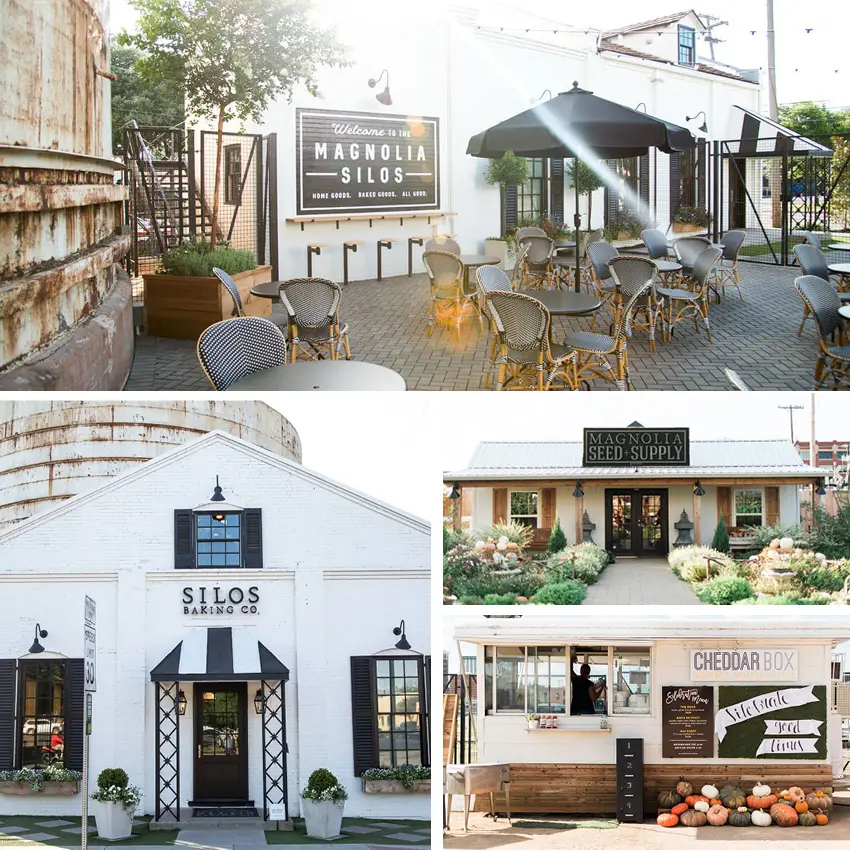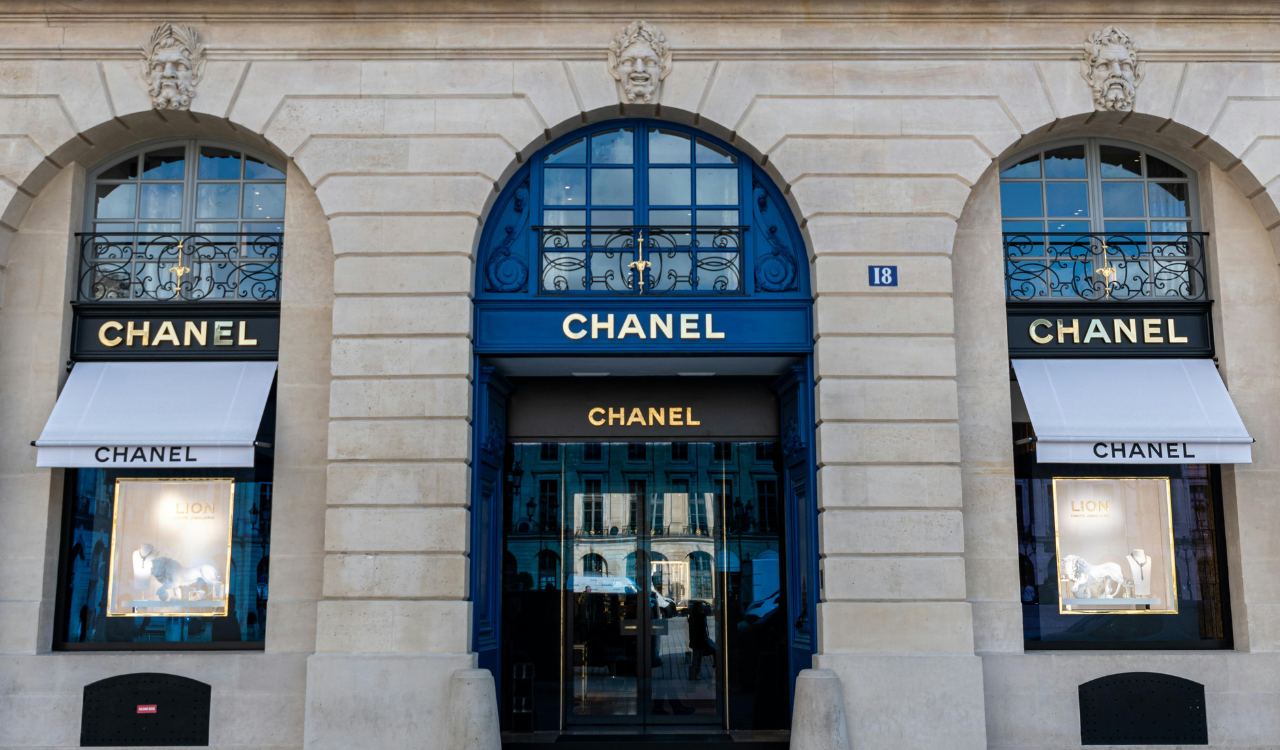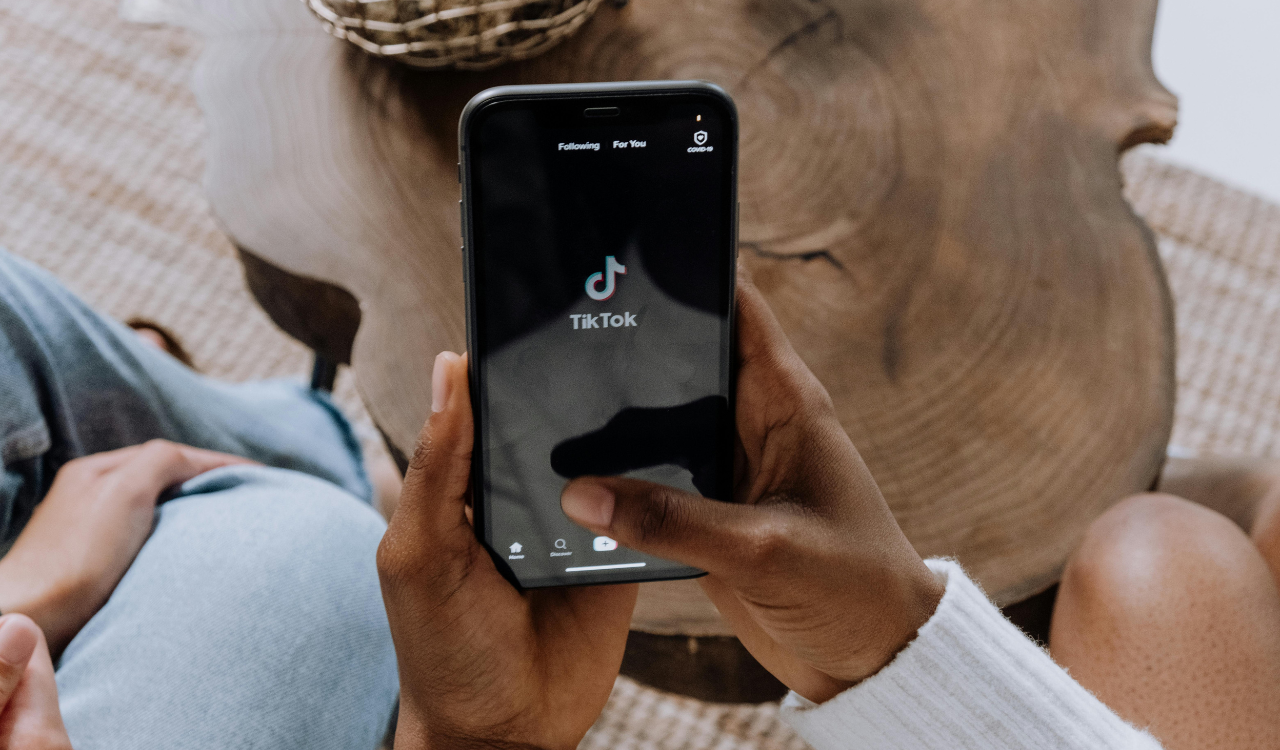Even as many national retailers have been opening bigger and bigger stores — Super Centers, Combo Stores, Hyper Markets and all variations of Giant and Mega — other companies are going in the opposite direction, exploring the concept of the retail campus.
Clustering
From big chains like RH to specialty operations like Magnolia Home, the concept of clustering a group of individual stores together to create a single-branded shopping complex represents the first new take on physical retailing in generations. Not since Toys’R’Us invented the category killer super specialty store and Meijer combined general merchandise and grocery into its first Thrifty Acres store — each more than five decades ago — has the retailing world seen this new twist on its game.
Of course, clustered stores have been around for a long time, first as the basis of downtown centers, then regional shopping malls and more recently, outdoor lifestyle centers. What is different this time is the group of stores and individual businesses are owned by just one retail brand and act in unison to merchandise, promote and service their customers.
At Magnolia, tour buses pull up all day long and, not to miss an opportunity that Disney also realized early on, the Gaines have a B&B nearby and are talking about additional hospitality venues.
The idea of multiple doors under one brand has turned up once in a while over the years. Back in the early 2000s designer Marc Jacobs had three or four individual shopfronts on Manhattan’s Bleecker Street, each one focused on a specific merchandising category: apparel, accessories, even books. Like the rest of the Bleecker Street boutique business at the time, they eventually collapsed, and the concept disappeared…until this recent emergence.
Magnolia Hits the Sweet Spot
The most prominent example of this retail-as-campus trend can be found in Waco, TX, halfway between Dallas and Austin. That’s where you’ll find Magnolia Market at the Silos, a shopping complex created and run by Chip and Joanna Gaines, the husband-and-wife team who have taken their Fixer Upper TV series and built a media and retailing empire around it. The Gaines opened the first Magnolia retail store — a modest endeavor selling some decorative accessories, souvenirs and t-shirts and hats — when the TV show first began to gain attention in the 2010s. But that only served as a starting point for what is in Waco now. Named after the vintage grain silos that are the decorative (if not functional) signature of the complex, the complex includes a vastly expanded two-level main store now selling a wide range of kitchenware, tabletop, and home décor, as well as enough t-shirts and baseball caps to outfit the entire family for the year.
The Silos serves as the anchor, if you will, for the rest of the Market complex. There is another store specifically for home merchandise, including furniture, lighting, home textiles and wall décor. It is joined by six small cottage-style stores, each focused on a specific product: jewelry, kids, men’s, etc. They all surround a village green with space for picnics, lawn games and running-around space for bored kiddoes (kiddoes being the preferred nomenclature for children in Magnolia-speak).
But wait, there’s more. A bakery serves up cookies and pastries, there’s a coffee and light snack restaurant, assorted food trucks, a plant and botanical store and, in a nod to the Gaines’ understated but always present spiritual side, a historic church that was moved to the site.
Yes, I know what you’re going to say: It’s the Disneyland-ing of retail. And you wouldn’t be wrong. But Disney hasn’t done too badly with the model have they? At Magnolia, tour buses pull up all day long and, not to miss an opportunity that Disney also realized early on, the Gaines have a B&B nearby and are talking about additional hospitality venues.
Put together the Silos complex does what physical retailers consider the holy grail today: get people to get off their computers and into the stores…where they are likely to spend more and bond more closely with the brand. Considering you can buy much of the Magnolia merchandise online — and there’s a separate brand under the Hearth & Home sub-label at Target — it’s quite an achievement. You have to think if the Gaines had chosen to open one big store surrounded by a giant parking lot it just wouldn’t be the same. And it wouldn’t be.
The RH Factor
Magnolia Market is not the only retailer to latch onto this campus concept. At the other end of the home furnishings spectrum is RH Yountville, a five-building campus created by RH impresario Gary Friedman in the heart of wine country in the Napa area of California. It combines a curated selection of RH home furnishings products with a full-service restaurant, a wine “vault” for drinks, a place to buy those wines by the bottle and an espresso bar all grouped together in what RH calls a “compound of five contemporary yet classically-inspired structures.” There is also a design studio offering RH’s consultation services.
Speaking on a recent online interview with The Robin Report’s editor-in-chief Robin Lewis, Friedman said the Yountville complex was specifically designed for the demographics of that area and to put a regular, full-sized “gallery” location there wouldn’t make any sense. And RH isn’t done with the retail campus concept either. Friedman said the company expects to test one or two more similar locations that will each be “a series of buildings that will isolate and focus individual businesses.” No specifics yet but as RH is expanding into a wide — and perhaps wild — array of concepts from hotels to yachts to European stores, there’s no telling when or where its next campus will be.
Over There Too
The retail campus concept is not just limited to the U.S. In May, British fashion designer Anya Hindmarch opened what she calls a “village,” five stores grouped together on London’s Pont Street. Like her counterparts on this side of the Atlantic, it is a mix of retail and hospitality with two locations for her own branded products, a café, a revolving event space that opened with a hair salon and a fifth storefront featuring sustainable products from a variety of resources.
Speaking to Forbes.com on its opening, Hindmarch talked about the concept tracing its roots back many retail generations and its role in offering a physical alternative to online shopping. \”It\’s a bit like a department store, with every shop being a different department—the different parts of the brand. They are meant to be ever changing, something that is different from the online experience.\” She said the timing coming out of the past year made the concept particularly right. “It\’s been a sort of magnetic pull…to create something very local, rather than global, which feels like a very appropriate thing to be doing post-pandemic.”
The Campus Life
Obviously, the campus retail model will not work everywhere and for everyone. But with several different versions of it now in operation it stands to reason we’re going to see more of them going forward. As a new twist on an old game, it is a refreshing addition to the retail landscape.
Or as someone once said in a very different set of circumstances, “It takes a village.”





